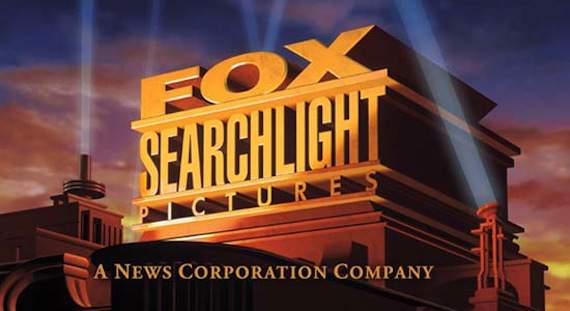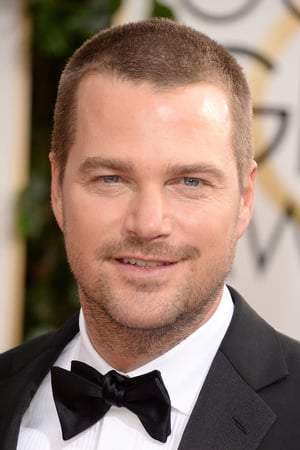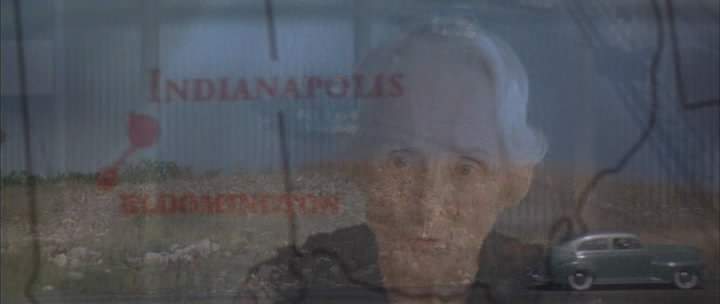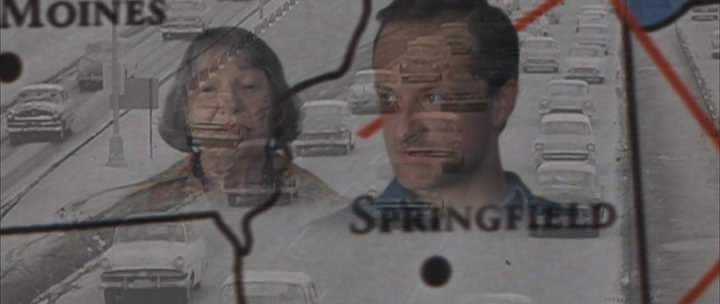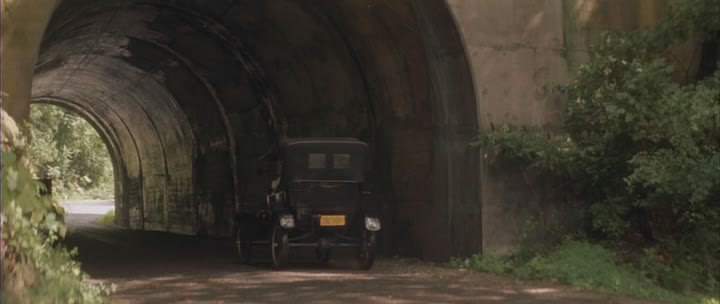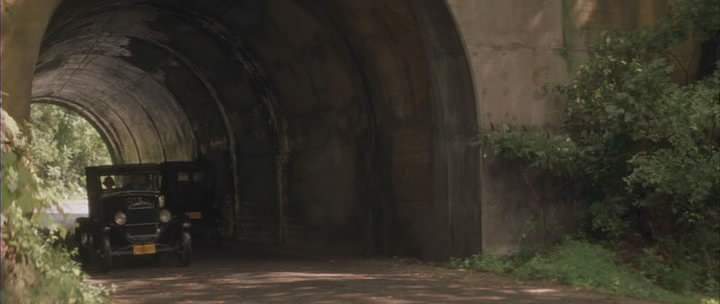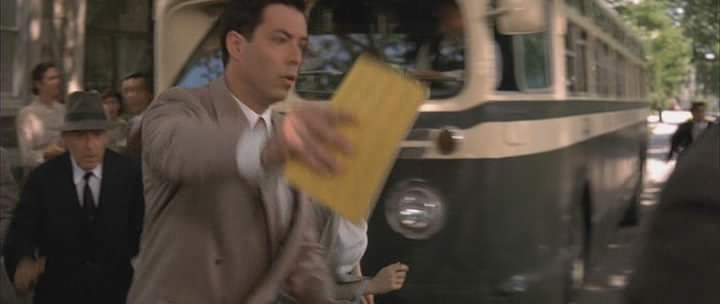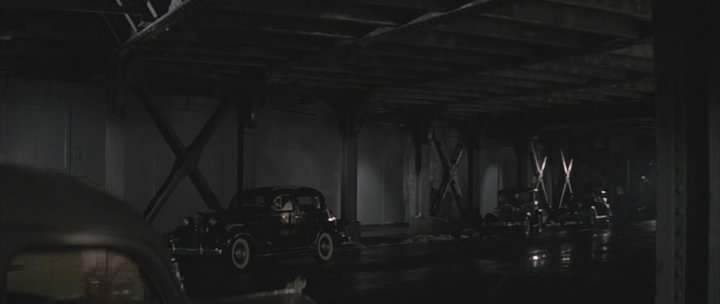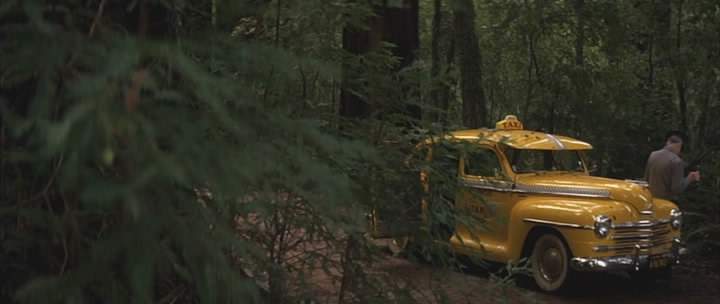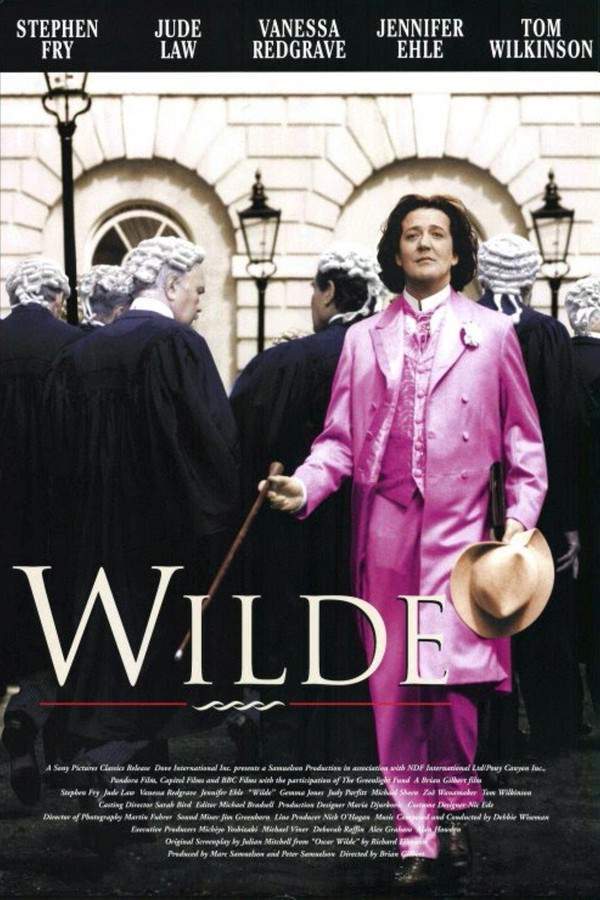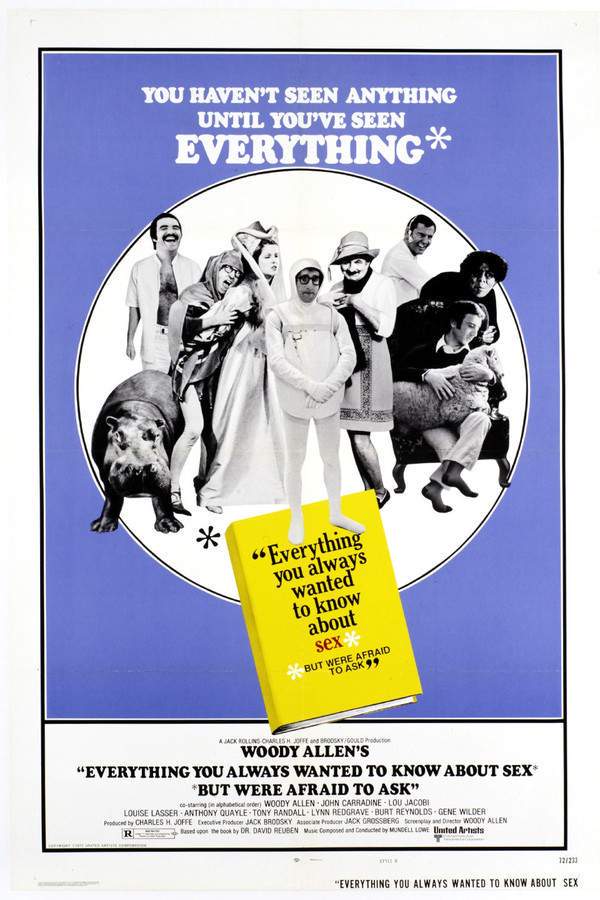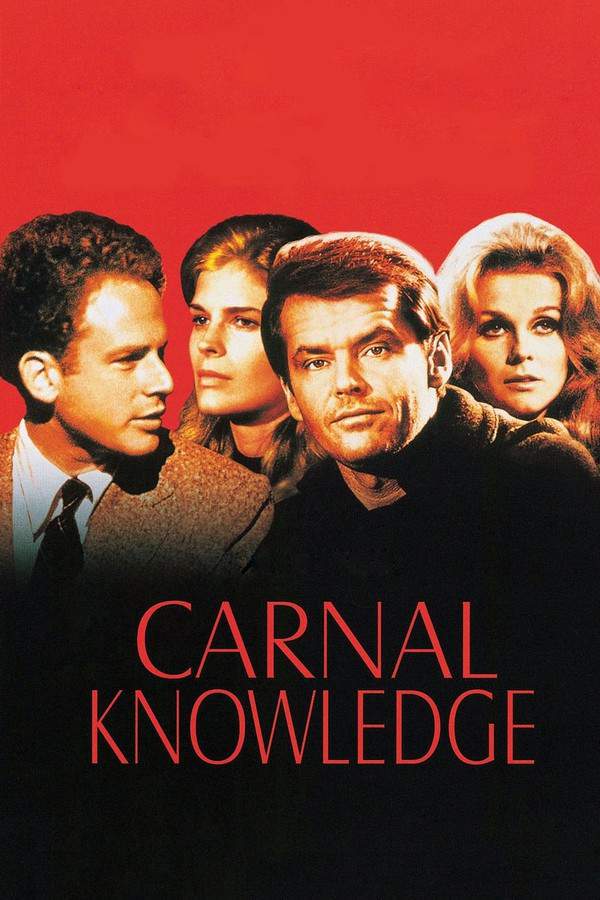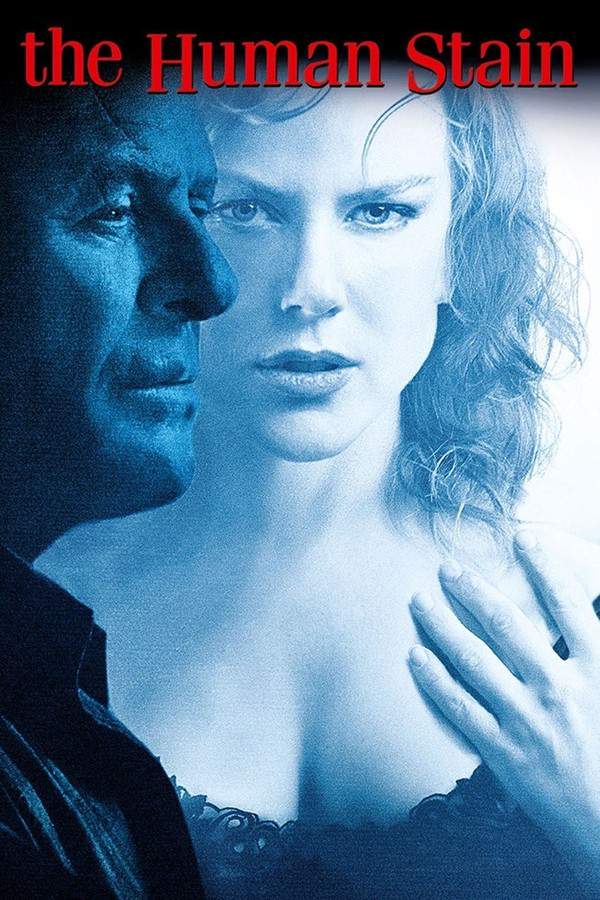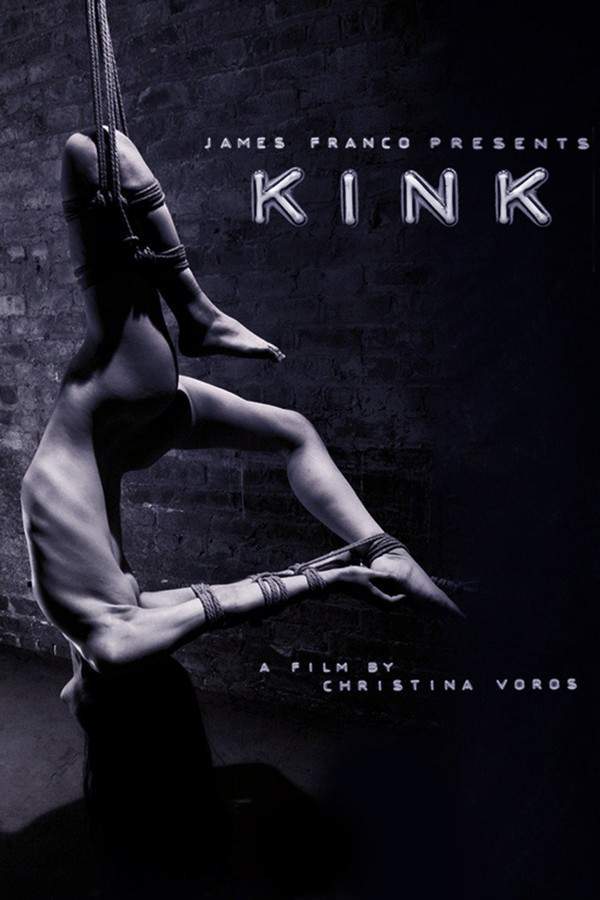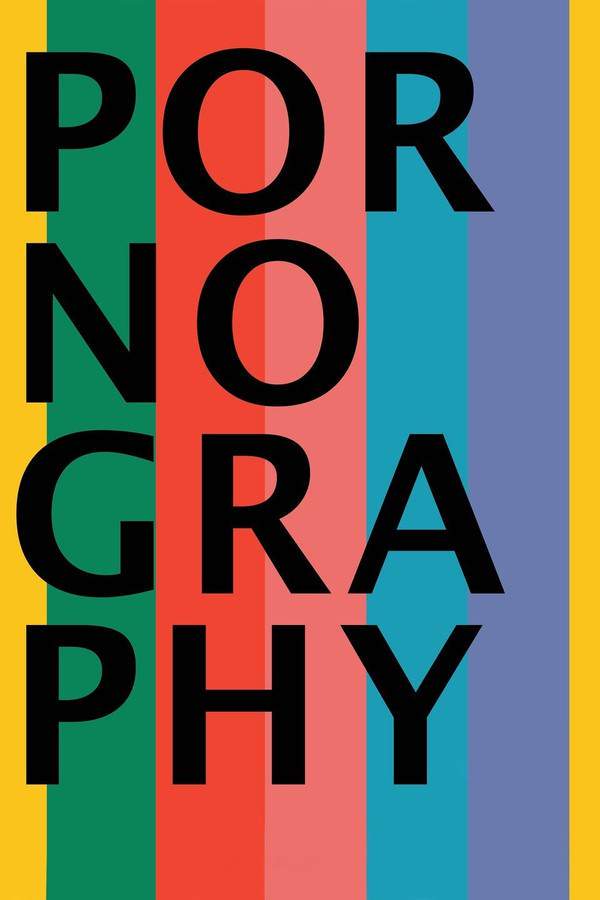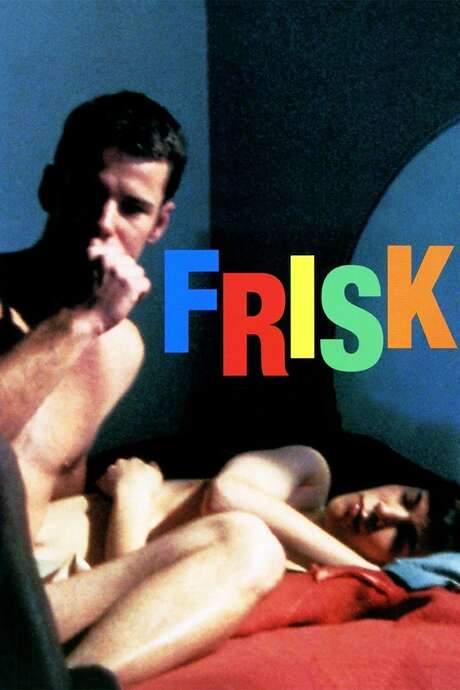Kinsey 2004
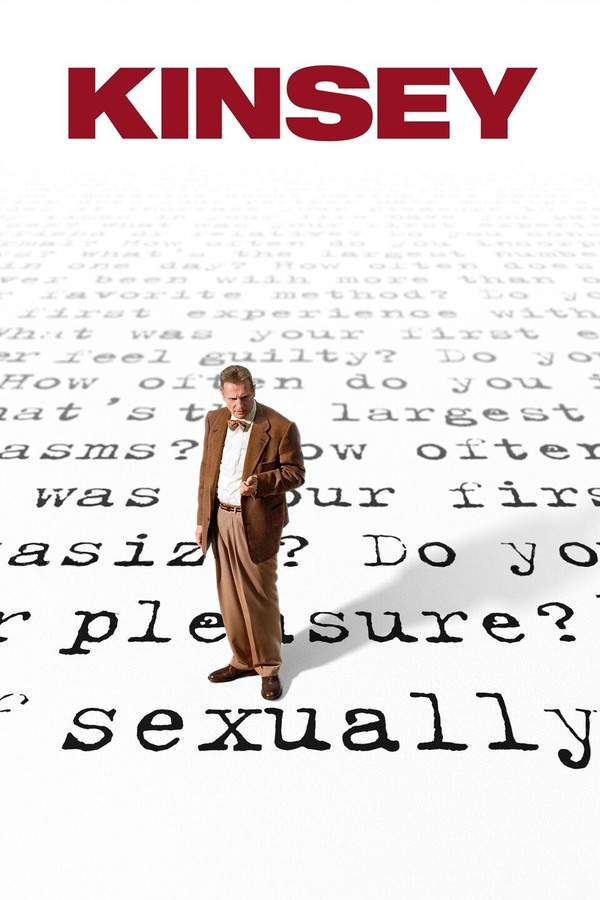
Alfred Kinsey, a biology professor at Indiana University, becomes fascinated with human sexuality and begins a groundbreaking research project. He collects personal accounts and experiences, compiling vast amounts of data that challenge conventional beliefs and societal norms. His work sparks controversy and faces resistance as he strives to understand and document the complexities of human desire and relationships, ultimately seeking greater acceptance and knowledge.
Does Kinsey have end credit scenes?
No!
Kinsey does not have end credit scenes. You can leave when the credits roll.
Meet the Full Cast and Actors of Kinsey
Explore the complete cast of Kinsey, including both lead and supporting actors. Learn who plays each character, discover their past roles and achievements, and find out what makes this ensemble cast stand out in the world of film and television.
External Links and Streaming Options
Discover where to watch Kinsey online, including streaming platforms, rental options, and official sources. Compare reviews, ratings, and in-depth movie information across sites like IMDb, TMDb, Wikipedia or Rotten Tomatoes.
Ratings and Reviews for Kinsey
See how Kinsey is rated across major platforms like IMDb, Metacritic, and TMDb. Compare audience scores and critic reviews to understand where Kinsey stands among top-rated movies in its genre.

79
Metascore
6.5
User Score


90%
TOMATOMETER

75%
User Score

7.0 /10
IMDb Rating

66
%
User Score
Take the Ultimate Kinsey Movie Quiz
Challenge your knowledge of Kinsey with this fun and interactive movie quiz. Test yourself on key plot points, iconic characters, hidden details, and memorable moments to see how well you really know the film.
Exploring Sexuality: The Kinsey Quest: Test your knowledge on Alfred Kinsey's groundbreaking research and the complexities of human sexuality as depicted in the 2004 film 'Kinsey'.
Who plays the role of Professor Alfred Kinsey in the film?
Liam Neeson
Ethan Hawke
Matthew McConaughey
Robert Downey Jr
Show hint
Awards & Nominations for Kinsey
Discover all the awards and nominations received by Kinsey, from Oscars to film festival honors. Learn how Kinsey and its cast and crew have been recognized by critics and the industry alike.
77th Academy Awards 2005
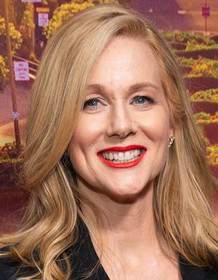
10th Critics' Choice Awards 2005
Best Picture
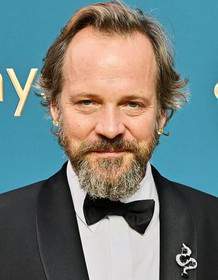

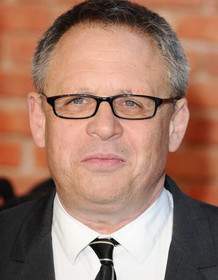
11th Screen Actors Guild Awards 2005

62nd Golden Globe Awards 2005
Best Motion Picture – Drama
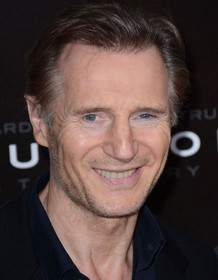

Best Supporting Performance in a Motion Picture – Drama, Musical or Comedy (Actress)
Laura Linney20th Film Independent Spirit Awards 2005
Best Feature


Best Screenplay
Full Plot Summary and Ending Explained for Kinsey
Read the complete plot summary of Kinsey, including all major events, twists, and the full ending explained in detail. Explore key characters, themes, hidden meanings, and everything you need to understand the story from beginning to end.
A professor specializing in zoology, particularly in insect biology, Alfred Kinsey struggles to understand his own nature despite his expertise with bugs. After marrying Clara McMillen, he soon realizes that human sexuality encompasses much more than merely observing insects in their mating rituals. His routine is disrupted when newlywed students pose a challenging question regarding human sexual behavior that leaves him perplexed.
Determined to uphold his scientific integrity, Kinsey begins an ambitious study into sexual behaviors, launching his inquiry with a questionnaire for his students. Clara wisely points out that students may not answer honestly on paper, preferring face-to-face interviews instead. Encouraged by her insight, Kinsey expands his research to encompass a broad spectrum of individuals across America, assembling a dedicated team of researchers at Indiana University, all funded by the Rockefeller Foundation.
During this period, the oppressive atmosphere of McCarthyism looms large, casting doubt and fear over Kinsey’s groundbreaking work, challenging the support he receives from both the University and the Foundation. However, undeterred, Kinsey publishes his revolutionary findings: the book on male sexuality in 1948 and subsequently on female sexuality in 1953. These works serve as pivotal contributions to a cultural shift in sexual attitudes, laying the groundwork for the sexual revolution of the 1960s. Throughout this exploration, Kinsey and his research team uncover a vast array of ‘acceptable’ sexual practices and grapple with their own evolving sexual identities, often with surprising and sometimes unsettling consequences.
Uncover the Details: Timeline, Characters, Themes, and Beyond!

Coming soon on iOS and Android
The Plot Explained Mobile App
From blockbusters to hidden gems — dive into movie stories anytime, anywhere. Save your favorites, discover plots faster, and never miss a twist again.
Sign up to be the first to know when we launch. Your email stays private — always.
Watch Trailers, Clips & Behind-the-Scenes for Kinsey
Watch official trailers, exclusive clips, cast interviews, and behind-the-scenes footage from Kinsey. Dive deeper into the making of the film, its standout moments, and key production insights.
Cars Featured in Kinsey
Explore all cars featured in Kinsey, including their makes, models, scenes they appear in, and their significance to the plot. A must-read for car enthusiasts and movie buffs alike.
Kinsey Themes and Keywords
Discover the central themes, ideas, and keywords that define the movie’s story, tone, and message. Analyze the film’s deeper meanings, genre influences, and recurring concepts.
Kinsey Other Names and Titles
Explore the various alternative titles, translations, and other names used for Kinsey across different regions and languages. Understand how the film is marketed and recognized worldwide.
Similar Movies To Kinsey You Should Know About
Browse a curated list of movies similar in genre, tone, characters, or story structure. Discover new titles like the one you're watching, perfect for fans of related plots, vibes, or cinematic styles.
Quick Links: Summary, Cast, Ratings, More

What's After the Movie?
Not sure whether to stay after the credits? Find out!
Explore Our Movie Platform
New Movie Releases (2025)
Famous Movie Actors
Top Film Production Studios
Movie Plot Summaries & Endings
Major Movie Awards & Winners
Best Concert Films & Music Documentaries
Movie Collections and Curated Lists
© 2025 What's After the Movie. All rights reserved.


